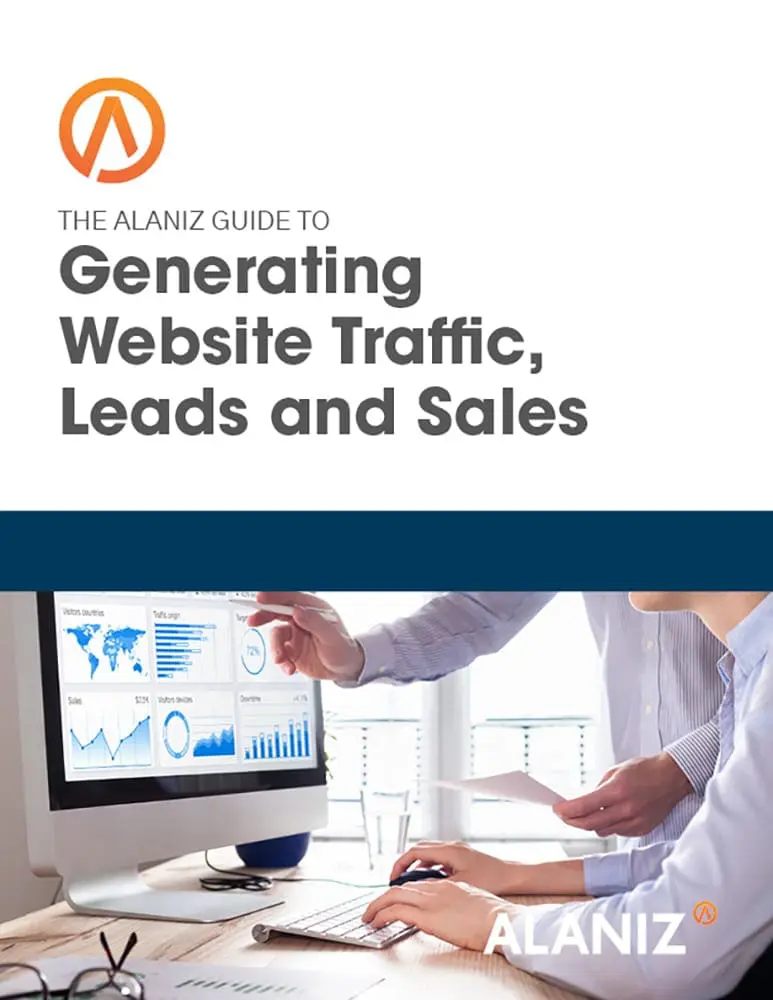If you’re head of sales for a manufacturing company, you know that keeping your sales funnel full and your sales team busy with qualified opportunities are serious challenges.
Both are challenging for two reasons. First, most manufacturing products like CNC equipment, tooling, and automation equipment is expensive and the sales cycles are often measured in months or years. It can take a long time to qualify a lead. The second challenge is that manufacturing sales and marketing teams are not always in sync with the same definition of what makes for a qualified lead.
Marketing teams are typically good at getting marketing-qualified leads–names of people who have expressed interest in a company or product at a trade show or on the company website. They are good at creating and executing lead generation campaigns aimed at the top of the sales funnel.
But the leads aren’t always sales-qualified, with a budget, authority, and timeline for a purchase. I learned the difference the hard way. I worked for a company that made laser manufacturing equipment and I started using content marketing to drive traffic to and to get leads from our website. We started blogging, added calls to action to our website, and offered educational white papers via email to our database. The leads came flowing in.
At first, the sales team was ecstatic. We had been struggling to get new leads. I handed them right over. The sales team started following up.
Then, they were not so ecstatic. The sales team started qualifying leads, and one after one people they contacted said, “I was just gathering information.” The leads weren’t qualified. The sales team went from being thrilled to being discouraged in a matter of weeks.
What did we do wrong? We didn’t include the sales team when we created or campaign and our qualification criteria.
Manufacturing sales people tend to get their leads through networking and, in my experience, using their own Rolodexes. They work the phones to find people that have a project, a budget, a timeline, and decision-making authority to buy. That’s a sales-qualified lead. Then it’s up to the salesperson’s skills to close the deal. That’s a pretty labor intensive process that content marketing platforms (HubSpot, SharpSpring, Infusionsoft) aim to automate through campaigns that attract online searchers and nurture them until they either qualify or disqualify themselves as buyers.
We realized sales and marketing needed to work together to define lead qualification criteria. So we looked at our marketing activities and the materials we were publishing and offering. The sales team told me at what point they would consider a lead qualified for sales. So we set up a nurturing process that would follow up with people who express interest in a product with a second email that asks if they have a specific project, budget, and timeline to purchase a solution.
Once we started this process, I had a lot fewer leads to deliver to the sales force because not as many people had projects to discuss–fine, we didn’t want to spend time following up in person on these. But the forms that came in surfaced real opportunities.
It was important for the marketing team to engage with the sales team, listen to feedback, and act on that feedback. Salespeople like nothing more than having qualified leads appear in their email inboxes. But you will the sales team as a marketing ally if you give them leads that turn out to be a waste of time.
Honestly, this type of collaboration makes marketing much more satisfying as well. Instead of running programs that are measured in “impressions”–meaning you think something that you published or promoted passed in front of someone’s eyeballs–you can measure the entire lead nurturing process and connect marketing campaigns to sales results.
Even for companies with long sales cycles, automated content marketing allows you to close the loop between sales and marketing because you know the source of every lead. It might take a few months or more to convert (as opposed to a few seconds with some B2C purchases), but the data will be there.
Every sales team is different. But if marketing includes the sales team in the process of identifying keywords customers use, developing detailed buyer personas, and charting the buyer’s journey, defining qualification criteria, you’ll be much better equipped to deliver the kind of leads that are of high value to your salespeople and to your company.




